Fast Fords Are an Irish Tradition
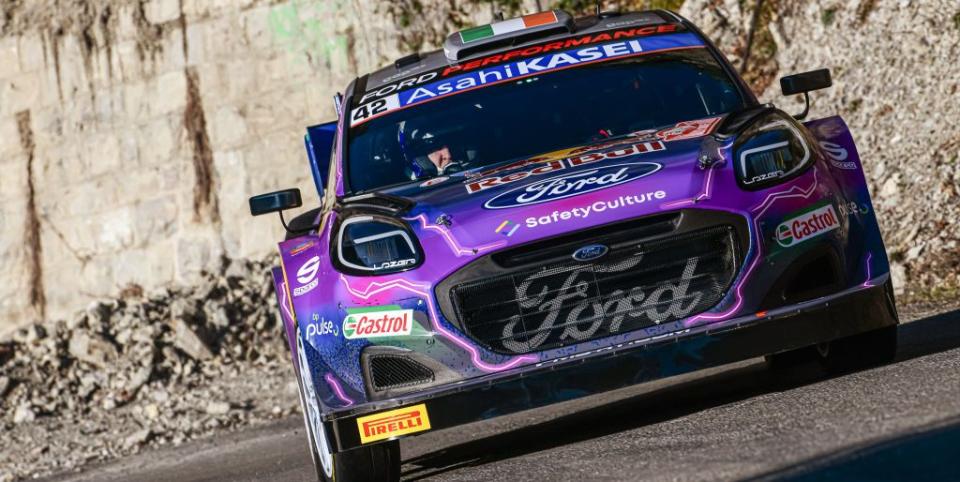
On the 17th of April, 1917, Henry Ford established plans for a factory in Ballinscarty, County Cork, Ireland. It would be the very first Ford plant outside the United States, and a homecoming of sorts. The Ford family had farmed in Cork for generations before emigrating in the mid-1800s, and Henry saw himself as a returning heir, investing in his ancestral land. He called the company Henry Ford & Son Ltd., a name that Ford's Irish subsidiary retains today. Like St. Patrick's parable about the three-leafed shamrock, it would grow into a trinity woven into the fabric of Ireland: Father, son, and a holy spirit of oversteer.
Shown above: WRC driver Craig Breen and co-driver Paul Nagle, both of Ireland, competing in their M-Sport Ford Puma Rally during shakedown testing in Monte Carlo, January 2022.
At first, the place produced Fordson farm tractors to be shipped all over Europe. Later, the plant built Model T parts to supply Ford factories in the U.K. The inverse happened as well, with U.K.-built Model Ts and As arriving to be fitted with engines made in Cork and sold in Ireland. By the time Henry Ford & Son Ltd. celebrated its 50th anniversary, in 1967, Irish Ford production was in full sway.
At the same time, Irish motorsport was entering a golden age. The link between Ireland and racing on public roads was long established, stretching back to the early 20th century and the 1903 Gordon Bennett Cup. That particular race saw British-based Napier painting its racing cars green as tributes to its Irish hosts—racing on the roads was then illegal in Britain, but not in Ireland. This marked the start of the tradition of British racing green.
By the time Ford was celebrating a half-century in Cork, Ireland could point to an even longer heritage of road racing. The best known of the rallies was The Circuit of Ireland, known simply as The Circuit by locals. A known car-breaker, it was originally based on Rallye Monte-Carlo rules, but grew into a 1100-mile circumnavigation of both Northern Ireland and the Republic, with cars hurtling along knotted spasms of coastal roads and trying to avoid getting shredded by unyielding stone walls on the verges.
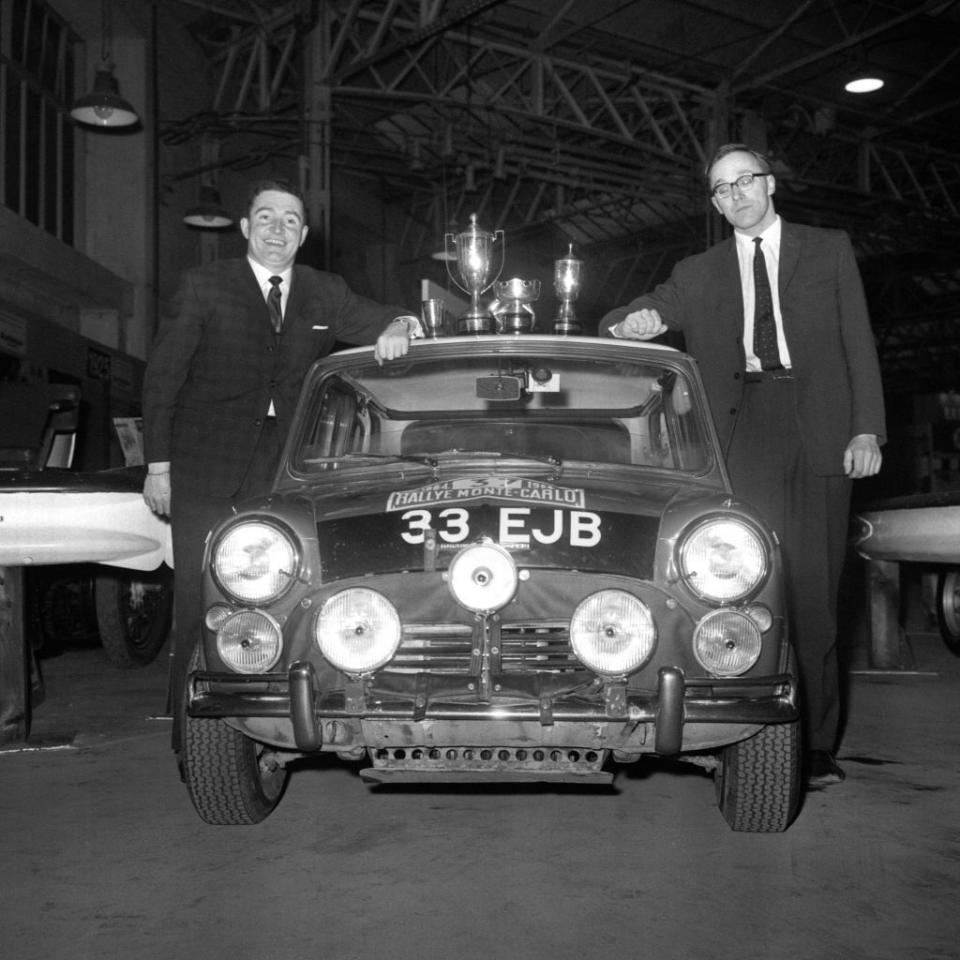
In 1967, Belfast-born Paddy Hopkirk won The Circuit, further cementing both his and the Mini Cooper's winning reputation. The next year, a Mk. I Ford Escort took the win, and that was pretty much the kickoff as far as Ireland's growing mania for fast Fords was concerned.
The Ford Escort is hardly a beloved nameplate on the western side of the Atlantic Ocean. The mid-Nineties GT models had a bit of fight to them, but that was mostly down to the Mazda bits under the sheetmetal. In Europe, however, the new-for-1968 Ford Escort was as much an economy-car hero as the Datsun 510. The recipe was just what the budget-minded enthusiast wanted: rear-wheel-drive, a series of peppy-but-thrifty four-cylinder engines, and a willing chassis.
The Ford Cortina had already proven this formula could win races, especially in hotter Lotus-tuned form. But it was the Escort that would really take Ford's scrappy compacts into the mainstream, eventually surpassing two million sold. And if the Escort was popular in Europe as a whole, it was the default car of choice in Ireland. For most of the postwar period, one in three cars sold in the Republic of Ireland had a blue oval badge.
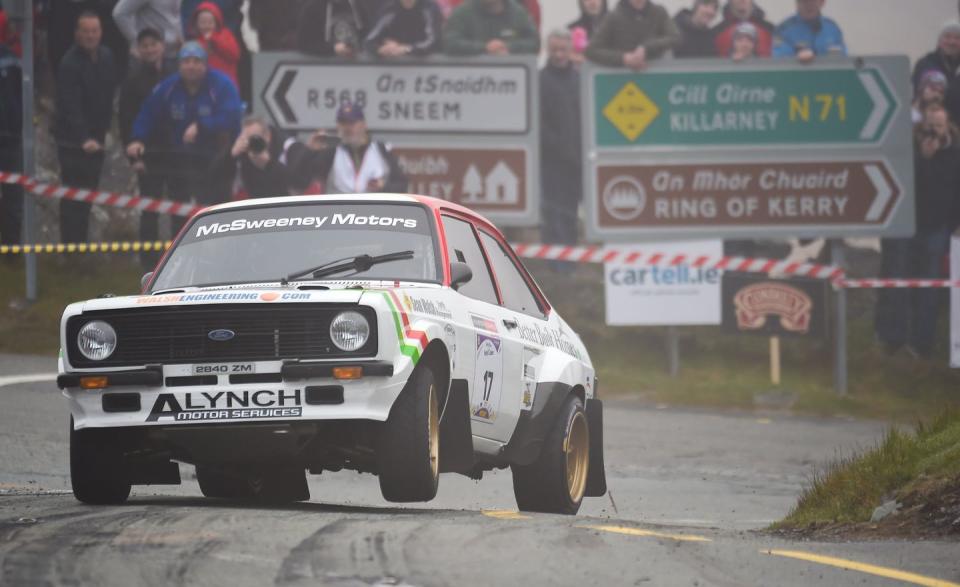
When spectators unloaded their picnic baskets and set up to watch the special stages at Moll's Gap in Kerry, or in Wicklow mountains, odds were they'd driven there in a Ford. Thus, they'd likely be cheering for the Fords to win. And the Irish being the Irish, when an upstart underdog in a ratty-looking, rebuilt-from-crashed Mk. I Escort starting beating the factory teams, well, that local lad would be getting the biggest cheers of them all.
His name was Billy Coleman, and like Henry Ford & Son Ltd., he hailed from Cork. He'd made a bit of a name for himself driving a Lotus Cortina in smaller rallies, but the sight of his hand-painted Escort powersliding through a corner, two crossed bungee cords holding the hood shut, made him an icon of Irish motorsport. Sure, he eventually crashed out, but you can bet a few of the onlookers drove home emulating the David vs. Goliath spirit of Cork's new motoring hero.
The registration plate on Coleman's Escort was TIU 250, and even today, in Ireland it still carries the same weight as the 33 EJB of Hopkirk's Rallye Monte-Carlo winning Mini. Coleman would go on to win the British Rally Championship in 1974 as a privateer driver, and take the outright win at the The Circuit in 1975 and 1976. By that point Escorts were the cars to beat. Over the course of a decade, Fords were only beaten twice for the championship, both times by Porsche Carreras, one of them driven by Ireland's own Cahal Curley.
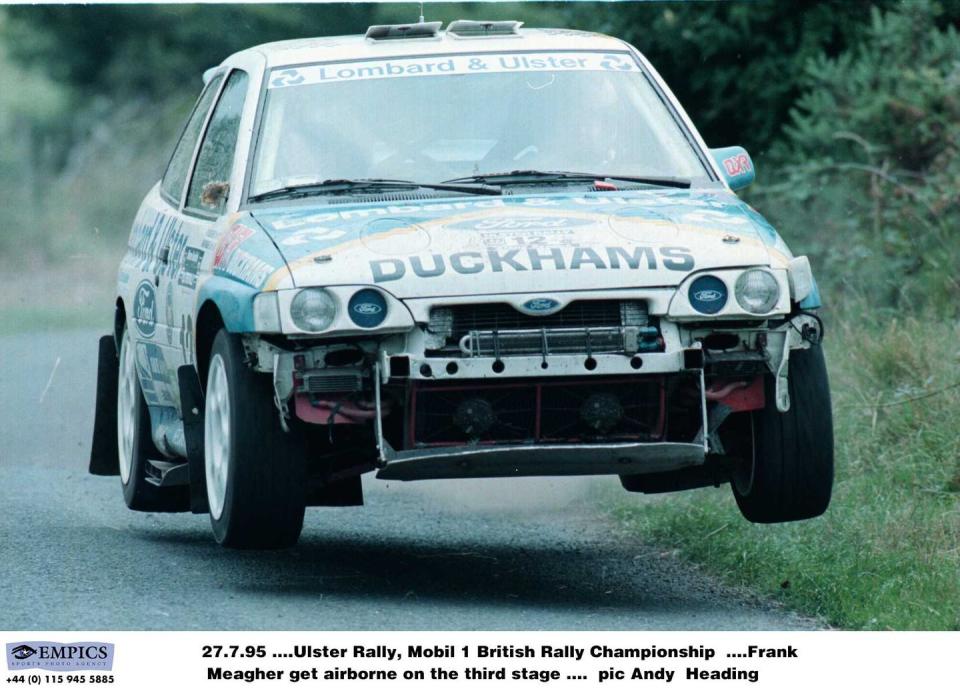
The Irish rally fan had a pantheon of heroes to follow. Tipperary-born Frank Meagher won in Escorts and Sierra Cosworths, tragically dying in a crash before his 40th birthday. Fermanagh's soft-spoken Bertie Fisher was known as the man without an enemy in rally, and had a long and successful history campaigning Fords before switching to Subarus.
It wasn't just the championships, either. Ireland featured dozens of smaller rally events at all corners of the island, and on any given weekend, local Fords were there to duke it out. Stages were always quick, narrow, and windy, and that meant that the Cortinas, Escorts, and Sierras spent a great deal of time dirtying their side windows. The speed and grip of the later all-wheel-drive Subarus eventually made those cars popular with Irish fans too, but there was always something special about a sliding Escort honking into view with its cammed-up four-cylinder screaming past 9000 rpm. It was pure craic.
By the mid-Eighties, Henry Ford & Son Ltd. was hemorrhaging cash, and the factory in Cork was closed. Some traditions remain: The mayor of Cork was gifted a Ford Mondeo in 2020, as has been happening since the 1980s. But Ford's dominance in the Irish market has faded over the decades.
The Irish say ní bheidh a leithéidí arís ann—we won't see the likes of them again. But such is not entirely the case. Rallies have, of course, been far less frequent in the past two years owing to pandemic restrictions, but the homepage for the Irish Rally Tarmac Championship shows a Mk. II Escort scampering across a rural landscape—and a calendar starting to fill up with dates. Historic rallies featuring Mk. I and Mk. II Escorts sliding through the hairpins are still a big draw.
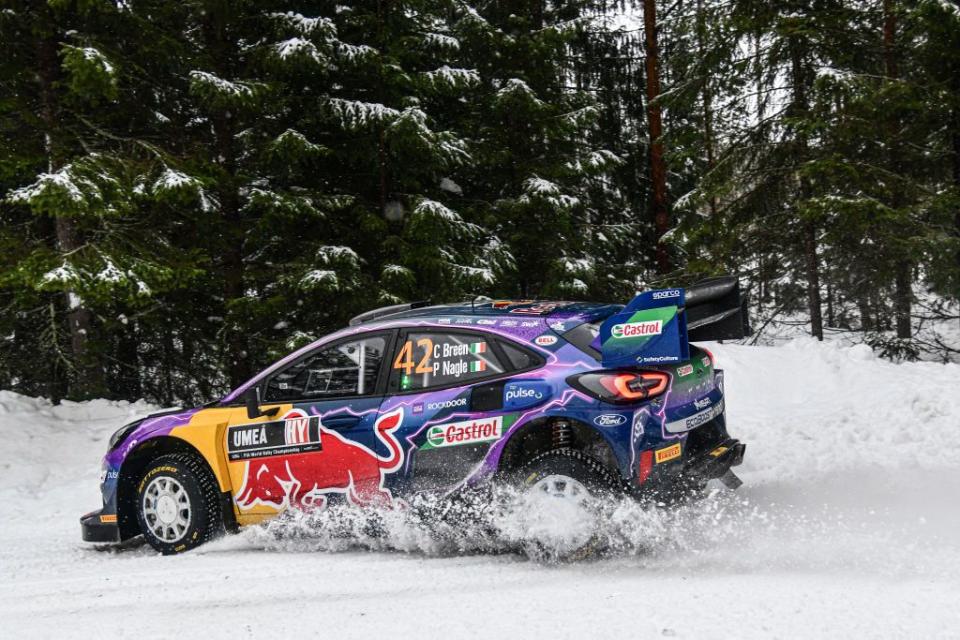
Further, on the world stage, Waterford's Craig Breen hopes to continue the long tradition of Irish drivers in fast Fords. A winner on The Circuit with Peugeot and Citroen, Breen has a recent WRC podium finish under his belt in his new M-Sport Ford Puma Rally, and the season is young. For a new generation of Irish rally fans, he's a new hero to cheer.
Here in North America, we no longer have a small fast Ford. No hopped-up Focus, no Fiesta ST. The market has spoken, but the wee yokes are much missed. I wish I was in Carrickfergus, only for slides in Ballygrand.
But on St. Patrick's Day, there's still a reason to celebrate all the pan-Atlantic ties between Ireland and America. Never mind the neon-dyed rivers and the spilled Guinness. Whether in V-8 Mustangs or Cosworth Escorts, Ford fans on both sides of the water have long known what to do when the road rises to meet you.
You Might Also Like

 Yahoo Autos
Yahoo Autos 